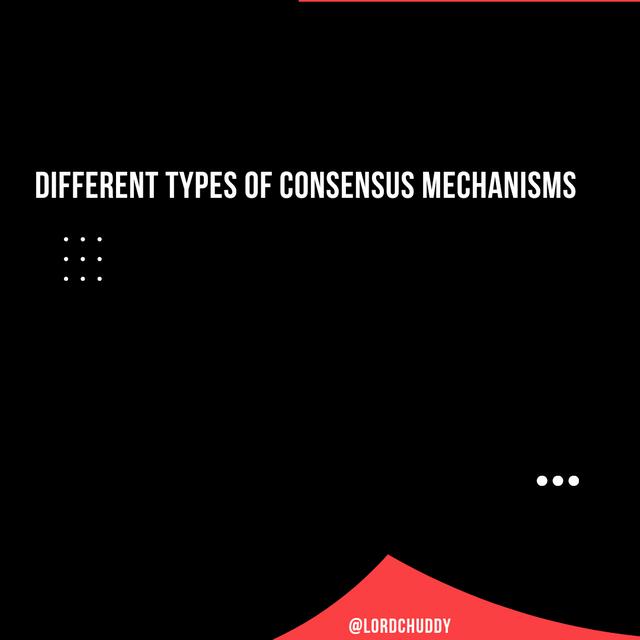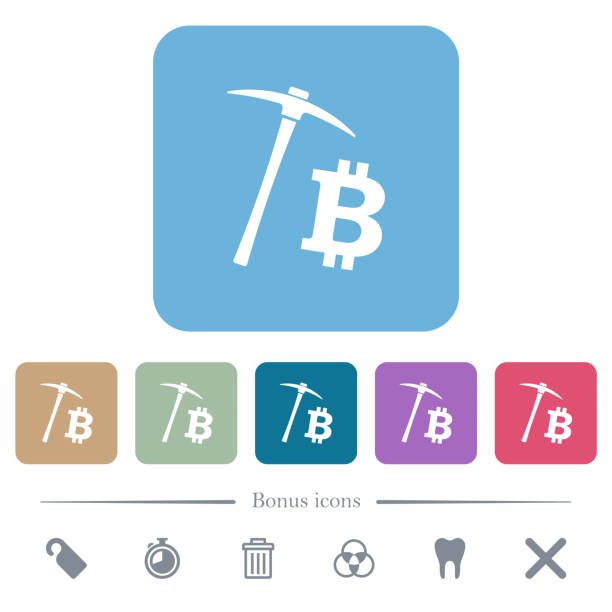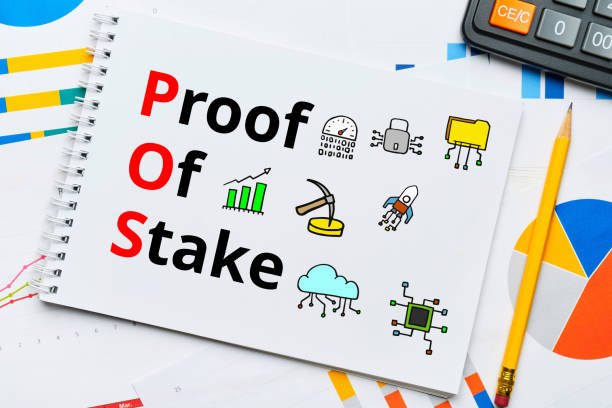Greetings,
Welcome to my blog.

Since the invention of blockchain technology, we have observed numerous platforms and organizations being established within the framework. As a blockchain gains more users, more opportunities open up for it. In order to address the delay time of mining new cryptocurrencies and many other issues, various types of blockchain consensus were developed in support of this. I'll be presenting with you today all 4 types of current consensus mechanisms used in various blockchains.
The first established blockchain consensus process was proof of work, or PoW. It is a mining procedure where miners (nodes) are used to solve challenging mathematical puzzles in order to create new coins. Before mining begins, a number of considerations must be made, including the need for A nodes to have powerful GPU and CPU processors. When a node completes the puzzle, it will be awarded with mining tokens.
Proof of stake, or PoS, uses an ongoing procedure to identify who will create the following block. To become a validator in this procedure, users must lock up their tokens for a while. Now, the validator is able to create new blocks. A user's chances of forming a new block can vary depending on how much coin he staked.
The majority of the transaction fees are covered, and validators are expected to get compensation for their efforts. They might get a specific number of coins as a result of inflation. In light of this, the PoS technique rewards validators for preserving the blockchain network. Compared to the majority of alternative consensus procedures, proof of stake is more energy efficient.
Users stake their tokens and cast votes for other stakeholders in this kind of mechanism. The number of votes cast by users may have an impact on their stake. As an illustration, if user "A" spends 30 coins for a delegate but user "B" stakes 4, "Avote "'s will have more weight than "B's." New blocks will be added to the blockchain by the delegate who receives the most votes. The delegates get paid in the same way as other mechanisms.
Because it can handle a greater volume of transactions than Proof Of Work, this technique is one of the fastest. DPOS is frequently referred to as a digital democracy because to the voting system.
This is a brand-new class of consensus methods where users produce social media content on a decentralized network in exchange for mining rewards for writers and curation. The first blockchain to implement this technique is called Steem, and its decentralized website "steemit.com" enables users to publish any worthwhile material in exchange for votes.
In this consensus mechanism, there are two ways to make money. The first is as a curator, which is defined as someone who votes for an author's post in order to receive rewards. You need platform influence to become a curator, and staking your tokens is one method to get it. Being an active writer is the second, and the higher the quality of your post, the more probable it is to receive votes.
Due to the differences in the roles and goals of the many types of blockchain consensus mechanisms, no two blockchains may utilize the same mechanism due to the way that their networks are built. Would you mind sharing your preferred blockchain?



Tweet link
https://twitter.com/Changeyouseekk/status/1557724947703021568?s=19
Downvoting a post can decrease pending rewards and make it less visible. Common reasons:
Submit
very interesting explanation and of course very good Hopefully it can be useful for many people
Downvoting a post can decrease pending rewards and make it less visible. Common reasons:
Submit
Yes I believe some newbie will be able to learn something from it which was why I made it simple. Thank you for appreciating it.
Downvoting a post can decrease pending rewards and make it less visible. Common reasons:
Submit
You've discussed a very great blockchain topic, thank you for sharing
Downvoting a post can decrease pending rewards and make it less visible. Common reasons:
Submit
Thank you for appreciating my post.
Downvoting a post can decrease pending rewards and make it less visible. Common reasons:
Submit
Downvoting a post can decrease pending rewards and make it less visible. Common reasons:
Submit